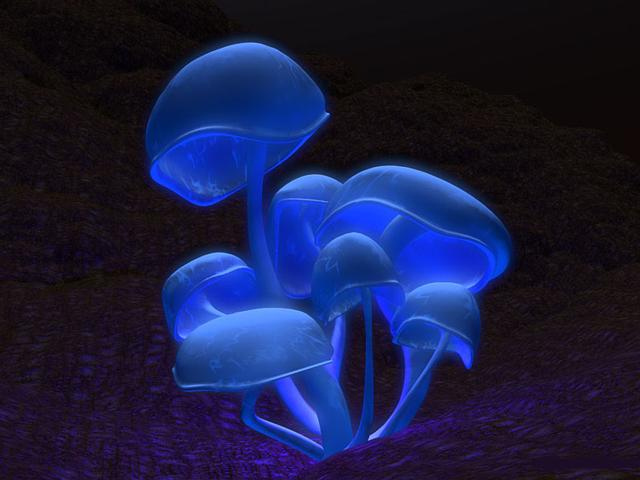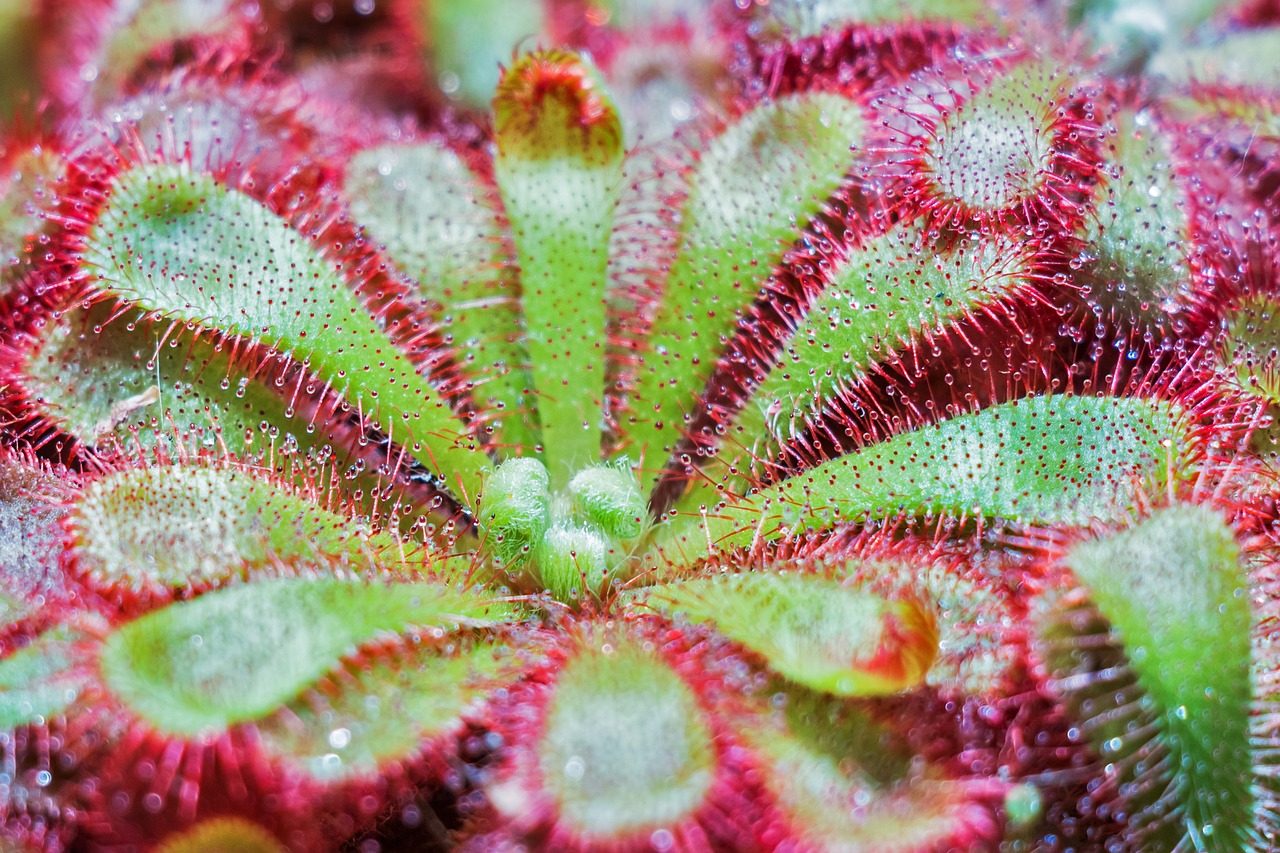
Carnivorous plants in the world that you should know
Our planet Earth is full of diverse creatures and plants, most of which are still waiting to be explored. Some species of plants have evolved to become so unique that their mechanism of survival will leave you amazed. One such plant species is known as Carnivorous plants. Carnivorous plants are those plants which eat insects, which is quite contrary to the other plant species found on Earth. Also known as insectivorous plants, carnivorous plants usually grow in poor soil conditions. Therefore, over the years they have progressed in such a way so that they derive the nutrients from digesting insects to compensate for the nutrients that should have been available to them from the earth. But, do not be mistaken, these plants generate energy by the process of photosynthesis. Carnivorous plants in the world have a very varied and interesting trapping mechanism by which they trap insects.
There are around 630 species of carnivorous plants in the world, each having their own trapping mechanism. Some of the popular trapping mechanisms are bladder traps, pitfall traps, snap traps, lobster pot traps, flypaper traps or a combination of these. These traps may be active or passive depending on whether their movement allows the capturing of the prey. Let’s take a look at some of the most interesting meat eating plants in the world.
The Pitcher Plant
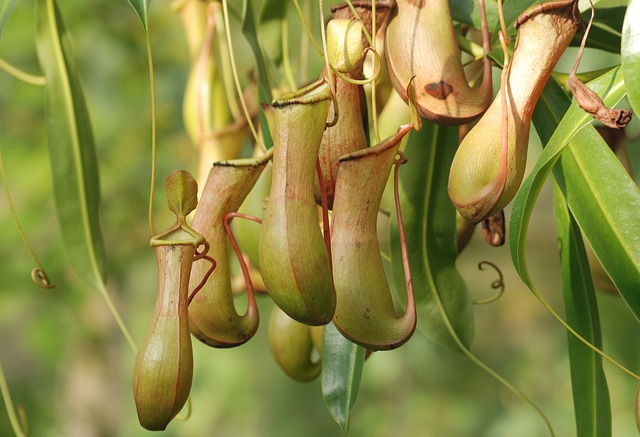
Also known as Sarracenia, the Pitcher plant is found growing in the bogs of North America. These plants have a passive trapping mechanism in the form of pitfall traps. These pitfall traps are known as pitchers and are essentially a deep cavity filled with a digestive liquid. The pitchers are a modification of the leaf which turns a brilliant purple due to the presence of anthocyanins to attract the insects and flies. Once the fly enters the hollow of the pitcher, it gets trapped by a wetting agent secreted by the leaf which makes it slip and fall into the digestive fluid in the pitcher. The bacteria residing inside the pitcher provide the enzymes to digest the insect and provide the necessary amino acids required by the plant.
The Venus Flytrap
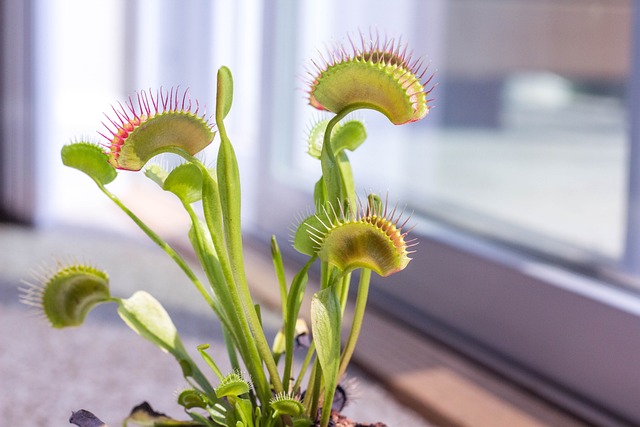
The Venus Flytrap is among the most interesting carnivorous plants in the world because of its snap trap mechanism. They are native to the East Coast of United States of America. The Venus Flytrap has specialized leaves that have a trapping mechanism at the tip of it that opens and closes like a sea mussel. The edge of the leaf, where the two “jaws” of it join, contain several sensitive teeth like hairs. These hairs are very sensitive to touch. When an unwary insect touches these hairs, the leaf quickly snaps shut preventing the escape of the insect. The insect is then digested by the enzymes secreted by the surface of the leaves. After digestion, the leaf reopens in the hope of finding its next victim.
Sundew
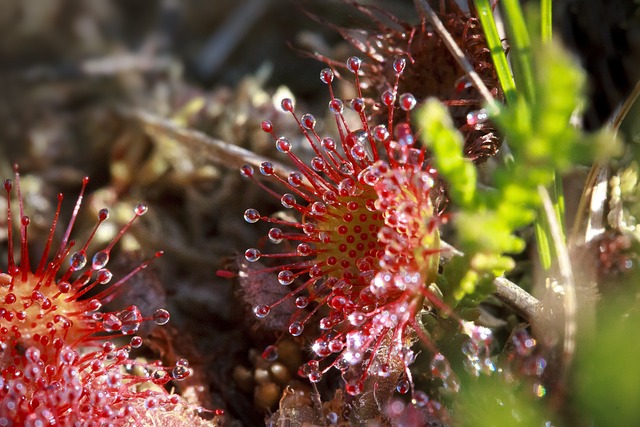
Drosera is an insectivorous plant that is widely distributed in the tropical and temperate regions of the world. Commonly known as Sundew, these plants trap their prey using a sticky fluid that hangs from the tip of the plant leaf and hairs resembling morning dew but is present even when the sun is shining bright, hence the name. This plant is covered with trichomes or hair which are nothing but glands that produce digestive juices which contain protease and phosphatase. Once an insect gets trapped in the mucilaginous fluid, the leaves slowly roll over to enclose the tiny insect and increase their production of digestive enzymes.
Nepenthes
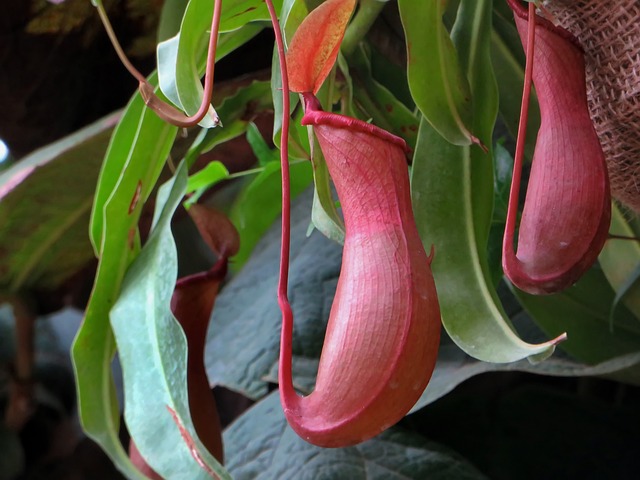
Widely found in Southeast Asia and Australia, Nepenthes is characterized by pitfall trap similar to that of the pitcher plant. The leaves of this carnivorous plant develop a tendril which gives rise to a beautiful pitcher that supports itself by twirling the tendril around another plant. This pitcher has a lid on top which remains closed until its growth is complete. On completion of the growth, the lid opens to reveal an attractive interior covered by a flaky wax like material with fluid at the bottom of it. The insects are attracted by the odor of the nectar and the colorful interior of the pitcher, but once inside, the insect is unable to get a grip and climb outside because of the flaky wax material that keeps peeling off. As a result in falls into the fluid beneath and is digested by the enzymes secreted by the plant.
Butterwort
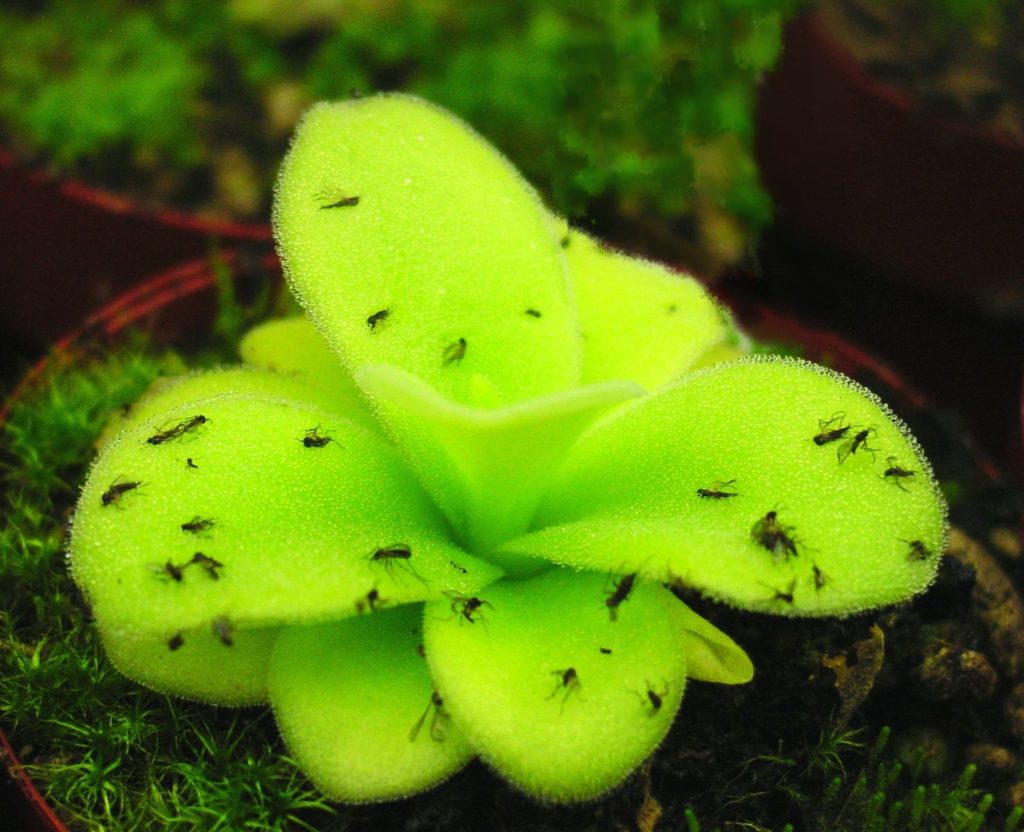
Butterworts or Pinguicula are usually found in open, wet and sunny areas in the southeastern part of the United States. Butterworts get their name from their thick yellowish leaves that resemble butter. These leaves are slightly curved and are covered with short hairs that play a very important role in their flypaper trapping mechanism. These hairs secrete a sticky mucilage which the insects mistake for water or nectar and are drawn towards it. Once they get trapped in the sticky mucilage, the leaf rolls over and digests the insect. Once the insect is digested, the leaf unrolls and appears flatter than before.
Bladderwort
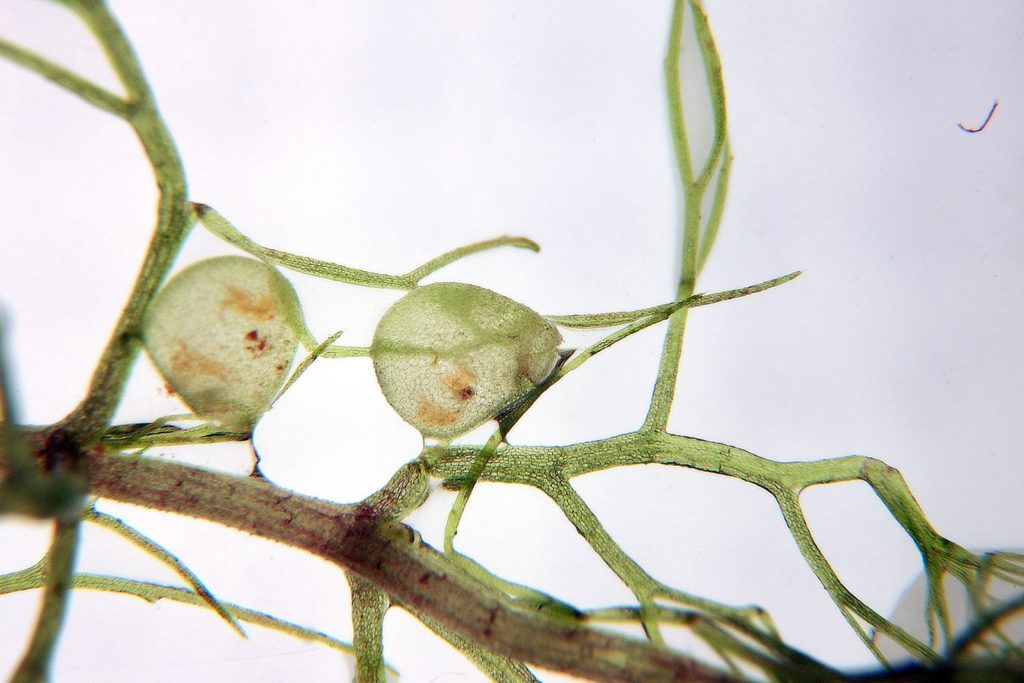
Bladderwort one of the rarest carnivorous plants in the world and is usually found in nutrient poor open water bodies such as the bog lakes. Also known as Utricularia, these types of carnivorous plants feature a suction trap mechanism. A unique structure known as the bladder or utricles are present in this plant which contain sensitive hair like projections at their opening. These hair like projections are sensitive to the movement of insects such as Daphnia (water fleas).
Once they detect the movement of an insect nearby, it cause the bladder to inflate and suck in the surrounding water along with the insect and close the opening after it. The plant then digests the insect to obtain nutrients such as phosphorous from it. An interesting feature of this carnivorous plant is that it emits a crackling sound when it is removed from water. This sound is triggered by the constricting or shutting down motion of the bladders when they are taken out of water.

